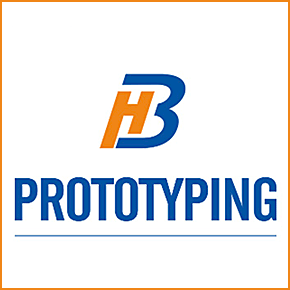Some Known Details About Product Idea Design and Invention Development, Prototypes


Book Turner - Little Inventors Pioneers
The Best Strategy To Use For How much do prototypes cost? Get your answer now - Design

3d printingjosefkubes/Getty Images/i, Stockphoto, Reprinted from the book, by Lori Greiner. This Author by Lori Greiner. Reprinted by arrangement with Ballantine Books, a department of Random Home. All rights booked. How do you discover a model maker? Today, all you have to do is Google the word "model" and your city, and the Internet will use you a list of model makers in your area.
But how was I supposed to choose? As I would discover, all prototype makers are not alike. Every one concentrates on fabricating items from a particular product. Some make items out of plastic, others out of metal, some out of wood, and others work with material and textiles, to name a few, so the first thing you require to discover is who makes models out of the materials you require.

Prototypes and Their Place in Product Design - MAKO Design + Invent
Ask to see designs they have actually made, discover what they charge, and examine whether they are a great fit for you. Once you're pleased with the cost and quality of their item, and your prototype maker has signed a nondisclosure arrangement extremely essential if you have actually not currently submitted for a patent you will hand over the design of your innovation and they will describe your specifications to produce a practical model that you can use when conducting market research study and giving pitches.-- Any reputable model maker, producer, or other company focusing on assisting business owners and creators bring new products to market should want to sign a nondisclosure contract that forbids them to talk about, share, or otherwise use any part of your idea or design.
Significantly, your model maker will utilize a 3-D printer to create your model. Instead of cut shapes out of materials and after that put together the parts the way conventional machines would, 3-D printers develop the product by putting down layers of materials liquefied plastic, powdered metals, softened ceramic, or nylon, for example which is why another term for the process of building items with 3-D printing is "additive production." Just a few years ago, 3-D printing, utilized in quick prototyping (RP), still appeared the world of sci-fi, however it is rapidly going mainstream.
